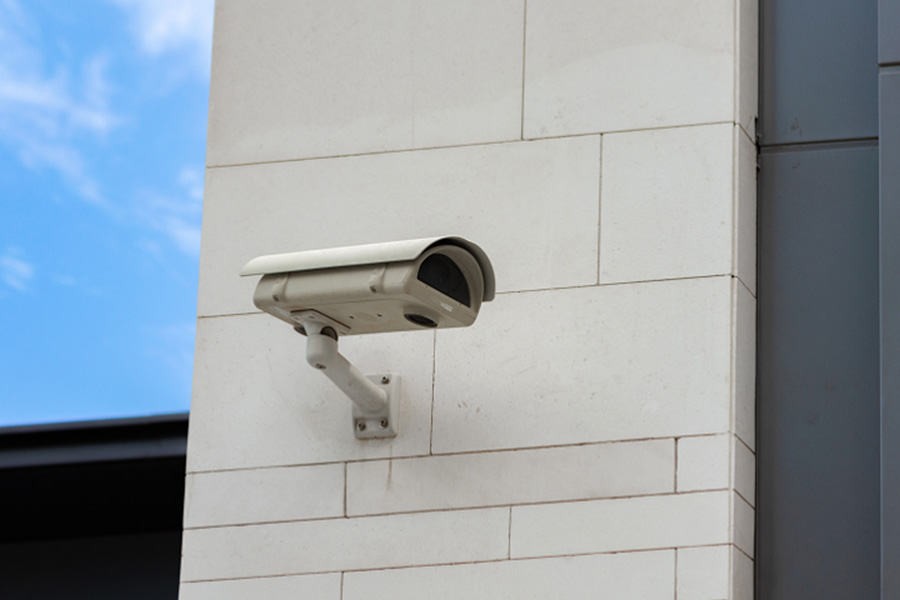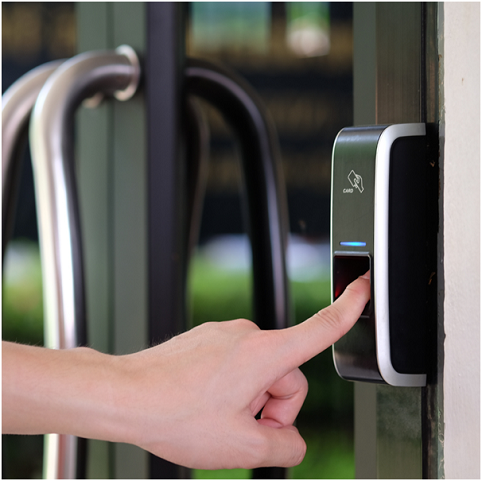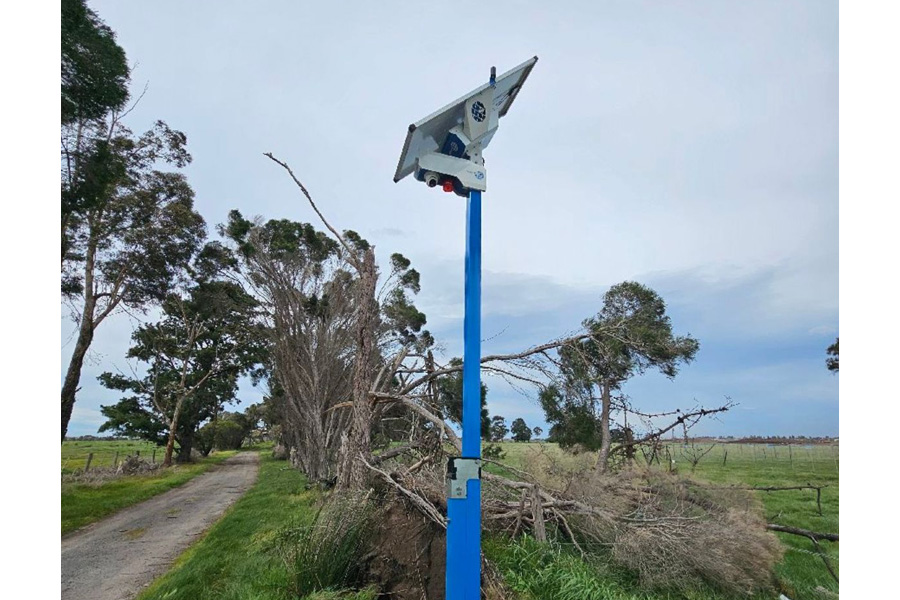Businesses and homeowners across Singapore are turning to CCTV systems to bolster security, deter wrongdoing, and gain valuable insights through video data. Behind the scenes, savvy agents seek trusted CCTV suppliers in Singapore to deliver seamless setups that merge camera quality, smart alerts, and legal compliance. In this deep dive, we look beyond the cameras, exploring advanced tips, prep steps, technical architecture, data analysis, and worst-case scenarios in a way that informs and inspires without a sales pitch.
Maximising Your CCTV Investment
Investing in a CCTV system is just the start. To benefit from your setup, you’ll want to pick cameras with clear high‑definition resolution and night vision. Many systems now support IP or wireless connectivity, reducing cable clutter while enabling remote monitoring via phone or PC apps.
Strategically installing cameras, such as at entrances, reception areas, or corridors, ensures wider, overlapping coverage, minimising blind spots. Some setups integrate analytics to track movement, detect loitering, or even flag license plates for high-risk zones. By combining visual clarity with functional placement, organisations unlock the full potential of their CCTV systems in Singapore without relying on aggressive upsells.
What to Consider First
Planning is critical before picking a CCTV supplier in Singapore. First, define objectives—are you aiming to deter theft, oversee staff, or monitor high-risk items?
Next, check privacy regulations under Singapore’s PDPA. Ensure that cameras aren’t aimed at private residential spaces. With objectives clear, assess your property: how many cameras? Should you pick IP or analogue systems? Will you need facial recognition or motion alerts?
It’s also vital to verify the credentials of your chosen supplier: do they offer certified installation, technical support, and remote access tools? Doing this groundwork prevents costly missteps, ensuring that your system works effectively from day one.
How Your CCTV Setup Works
A typical CCTV system includes cameras (dome, bullet, or PTZ), cabling or wireless transmitters, a DVR/NVR recording solution, and monitoring software. Here’s how it functions: each camera captures at a set resolution, ideally at least 1080p, and sends the footage via cable or network.
These records are stored on-site or on cloud servers, often accessible via web or mobile dashboards. Some systems even automatically tag events, like motion detection, or send alerts when unusual behaviour is spotted.
CCTV suppliers in Singapore often bundle IP cameras with intuitive apps, remote alerts, and integration with alarms or access control systems. Such modular setups are scalable and smarter than conventional lock-and-key measures.
Insights You Can’t Ignore
Recording footage is useful, but analytics reveal its true value. Some CCTV systems can flag repetitive motion patterns, like late-night activity in specific corridors, or generate heat maps showing the most trafficked locations.
This hard data helps you spot potential weak points, reassign or redeploy staff, or adjust your layout for better security flow. In retail environments, surveillance data can highlight shopping behaviour patterns, revealing popular pathways and blind zones.
These insights not only improve safety. They inform smarter operational decisions, giving CCTV supplier Singapore Solutions a strategic edge.
What You Must Be Prepared For
While CCTV helps manage risks, it’s also crucial to plan for the unexpected. Worst-case scenarios might include footage being tampered with, hardware failures, or cyber intrusions into your network. To counter these, always back up recordings securely, enable audit logs, and use encrypted connections with authentication.
In case of theft, time-stamped video evidence becomes essential, for insurance claims or police investigations, so ensure your system captures clear faces and licence plates. Testing drills for incident response and secure footage retrieval can be the difference between a smooth resolution and prolonged chaos.
Conclusion
CCTV systems in Singapore are evolving, and it’s no longer just about cameras pointing at doors. Today’s CCTV systems in Singapore integrate smart analytics, remote management, and advanced optics as silent sentinels. However unlocking their full potential requires planning, the right supplier, operational awareness, and foresight into worst-case events. When done right, CCTV becomes more than security. It becomes asset protection, behavioural insight, and peace of mind. If you’re evaluating security upgrades, consider this: next-gen CCTV isn’t just surveillance—it’s readiness.
Take the first step towards smarter security today. Reach out to iDLink Systems to learn more.





